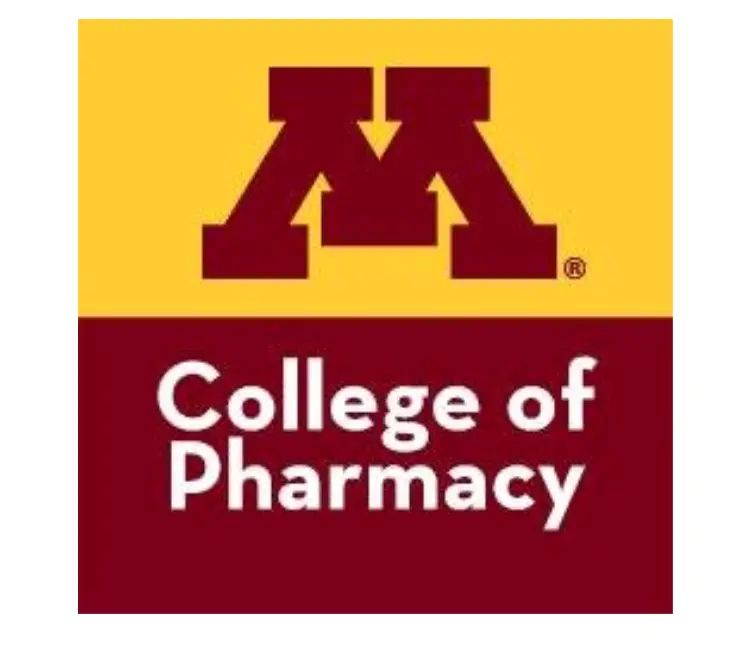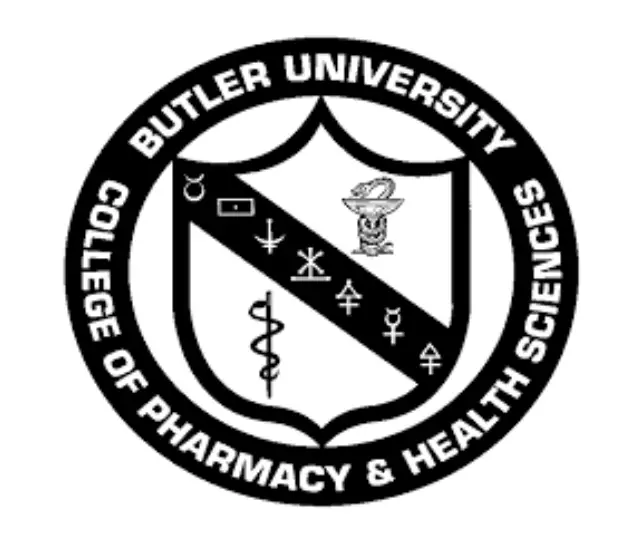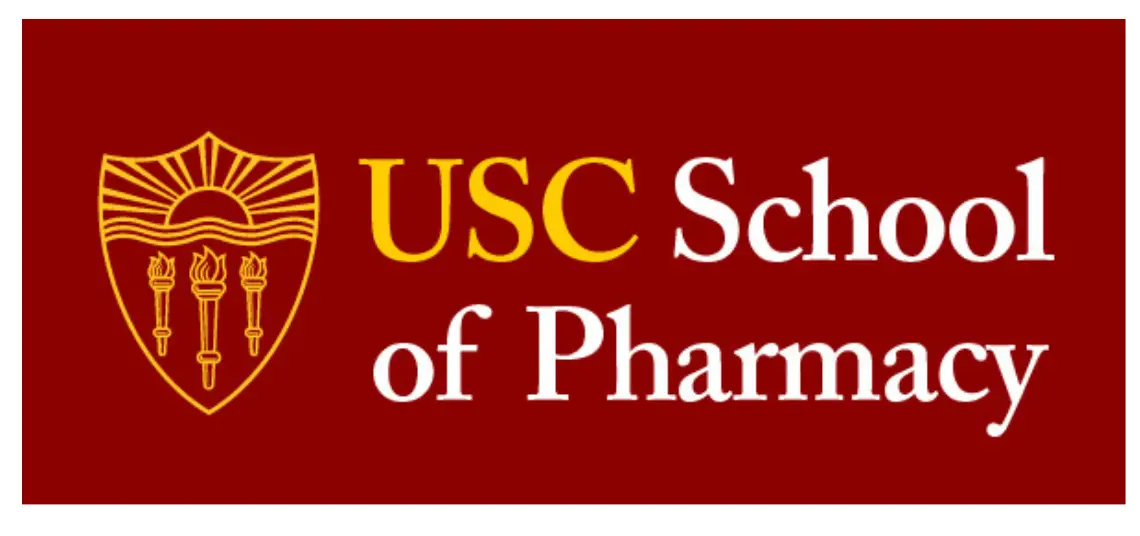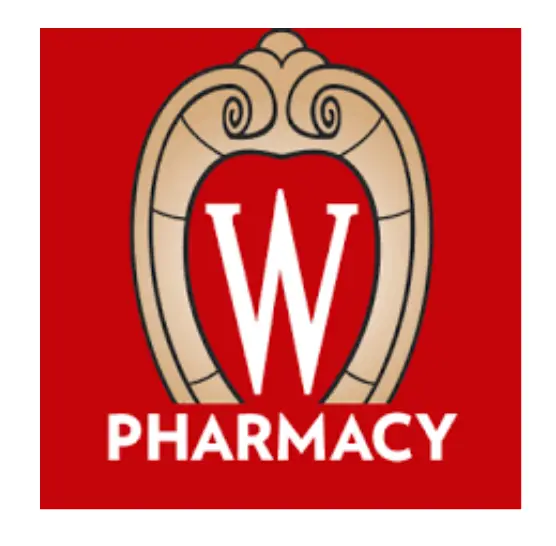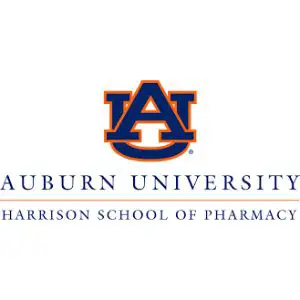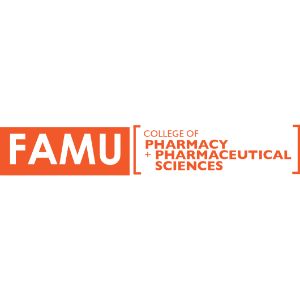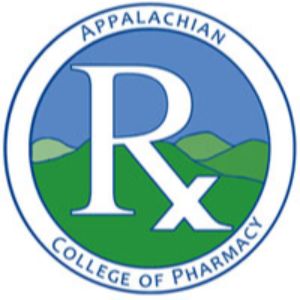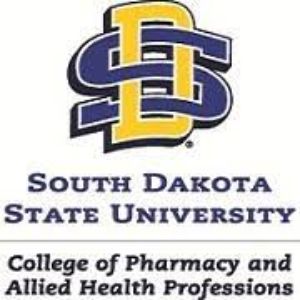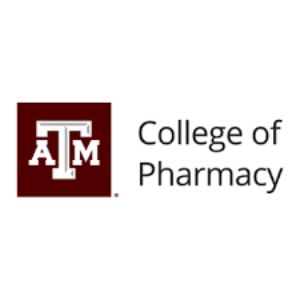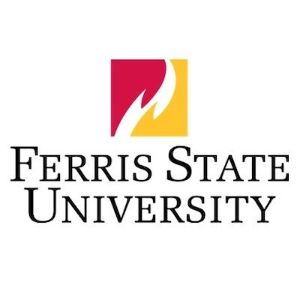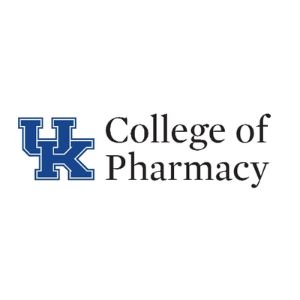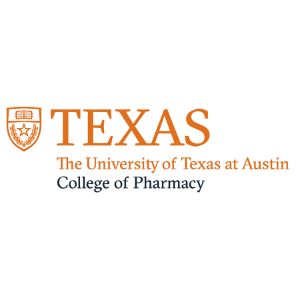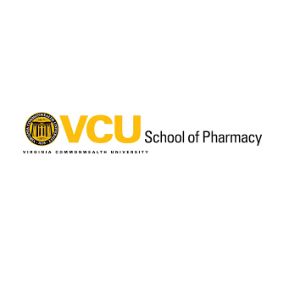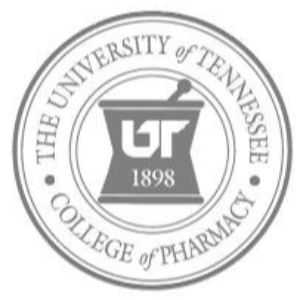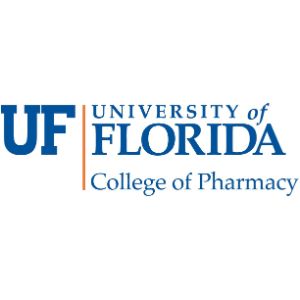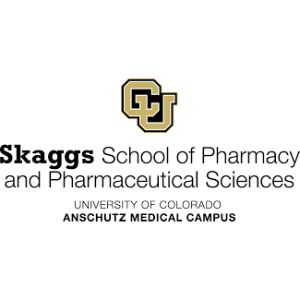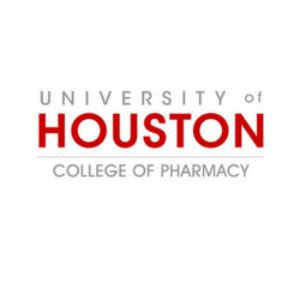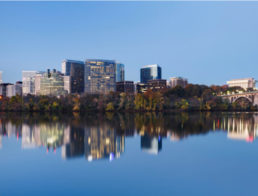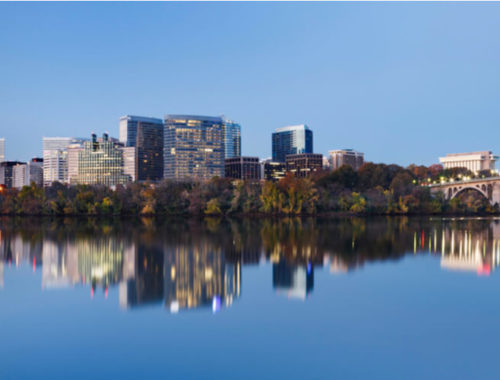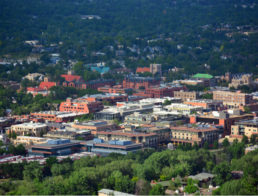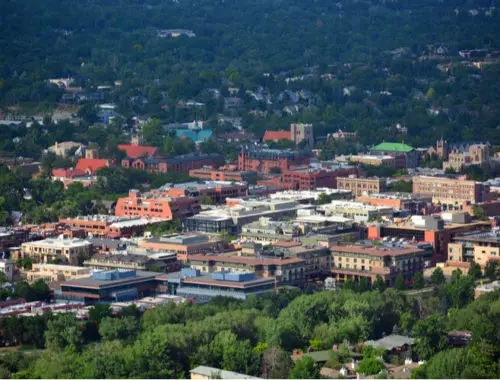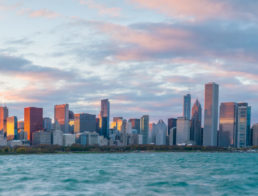The number of pharmacy schools in the US has almost doubled in the last thirty years. From a mere 72 schools in 1987, there are now in the region of 150 accredited institutions nationwide. And with the American Association of Colleges of Pharmacy (AACP) stating it expects a shortfall of as many as 157,000 pharmacists by 2020, there has never been a better time to embark on a career in pharmacy as regards academic choice, job security, demand for qualified professionals, and career progression opportunities. But with such a wealth of schools to choose from, just which of the options will be best for your career in the pharmacy profession? Below, we introduce you to our selection of the top-ranked and best pharmacy schools in the country to help you decide.
We reviewed dozens of pharmacy schools to identify the very best of the best. We based our assessment on a range of factors, including cost, location, student life, available specializations, career prospects, financial aid opportunities, and student reviews.
U.S. News & World Report ranked the UNC Eshelman School of Pharmacy the #1 pharmacy school in the United States in 2016 and 2019.
Check PriceHaving considered a large number of pharmacy schools in the US, we chose University of North Carolina at Chapel Hill Eshelman School of Pharmacy as our top pick. This school is an internationally recognized leader in pharmacy practice, education, and research, and strives to develop leaders who will make a difference to human health worldwide through its consistently top-rated Pharm.D., Ph.D., master’s, and postdoctorate programs.
In This Article
The 5 Top-Rated Pharmacy Schools in the US
| Editor's Picks | College | Rating |
|---|---|---|
| Best Overall | University of North Carolina at Chapel Hill | 4.7 |
| Runner Up | University Of Minnesota | 4.5 |
| Best Value | Butler University | 3.0 |
| Best Pharmacy School for PharmD Degrees | University of Southern California | 4.1 |
| Best Pharmacy School for International Students | University of Wisconsin-Madison | 4.1 |
*Ratings are from U.S. News at the time of publication and can change
Our Top Pick: University of North Carolina at Chapel Hill
The University of North Carolina Eshelman School of Pharmacy offers three distinctive degree programs: a Doctor of Pharmacy program that offers a pharmacy-education curriculum at the school’s flagship campus in Chapel Hill and at its satellite campus in Asheville; a Ph.D. program in Pharmaceutical Sciences that provides a tailored curriculum and research experiences in advanced training in drug development, delivery, and policy; and a two-year master’s program in Pharmaceutical Sciences that allows you to specialize in health-system pharmacy.
The Eshelman School of Pharmacy consistently ranks in the top five pharmacy schools in the nation and its advanced research centers are instrumental in pursuing and developing advances in drug discovery, nanotechnology in drug delivery and cancer treatment, pharmacogenomics and medication optimization. The school is also part of the PharmaAlliance collaboration with Monash University in Melbourne and University College, London, a partnership that maximizes research and education opportunities and gives students an international edge and deeper perspective of the field. Additionally, pharmacy students at UNC have the opportunity to take up international internships in which they focus on global health issues and gain extensive worldwide exposure.
Students of the PharmD program at UNC Eshelman School of Pharmacy have an excellent track record of doing well on the NAPLEX exam. During the last 4 years the pass rates stood at: 95.50% in 2018, 92.00% in 2017, 95.20% in 2016 and 96.10% in 2015.
University of North Carolina Eshelman School of Pharmacy Key Features:
- Located in Chapel Hill and Asheville, NC
- Ranked #1 by US News in 2016 and 2019
- Excellent pass rates in the NAPLEX Exam
- PharmD tuition $10,822.50 per semester (residents); $21,845.50 (non-residents)
Our Runner Up Pick: University Of Minnesota
UM’s School of Pharmacy is currently ranked #2 in the US by US News & World Report and is known for its innovative research in the field of drug discovery and development, neuroscience, cancer therapies and chemoprevention, geriatrics, pharmacy management and economics, ambulatory care practice, and rural pharmacy.
Check PriceIn recent years, the University of Minnesota College of Pharmacy has enjoyed among the highest success rates in the nation in terms of the number of graduating students, the percentage of students who pass the NAPLEX and MPJE exams, and the number of students finding placements within 6 months of graduation.
The school’s PharmD program has a comprehensive experiential learning component that is divided into an introductory component and an advanced practice component. The introductory component is completed throughout the first three years and includes courses like Applied Pharmaceutical Care, Immune System and Infectious Disease, Medicinal Chemistry, and Neuropharmacology. The advanced practice component is completed entirely during the fourth year. In both components, students gain hands-on experience and are placed in organizations and companies across the state.
University Of Minnesota College Of Pharmacy Key Features:
- Located in Duluth and Twin Cities, Minnesota
- 4-Year graduation rate is at 98%
- Graduates’ average starting salary is $120,000
- 95.10% of University of Minnesota’s PharmD students passed the 2018 NAPLEX exam
- Almost 99% of the students successfully find placements within 6 months of graduation
- 49% of the students enter the employment field and 37% go on to pursue residency programs
- In 2017, 91.04% students passed the MPJE exam in the very first attempt
Best Value Pharmacy School: Butler University
Butler’s College of Pharmacy and Health Sciences is one of the cheapest in the country and is ranked among the nation’s top 50 pharmacy programs.
Check PriceButler’s College of Pharmacy and Health Sciences currently offers a Doctor of Pharmacy (Pharm.D.) program that prepares students to excel in pharmacy practice in the setting of their choice. During the program students gain knowledge, skills and abilities that allow them to become advance pharmacy practitioners by developing analytical skills and problem-solving ability, acquiring knowledge and experience in patient care, and solving drug-therapy-related problems by applying their knowledge of pharmaceutical and biomedical science.
During the fourth year of the PharmD program, students participate in 10 one-month clinical rotations in which they can put the knowledge acquired in the classroom into real-world practice at community pharmacies, hospitals and ambulatory clinic practices in the state of Indiana and elsewhere around the US.
Butler’s College of Pharmacy and Health Sciences Key Features:
- 99.20% of the graduates passed the NAPLEX in their very first attempt
- 86% of graduates who applied for residency programs were successful
- 48% of the graduates accepted full-time pharmacy practice positions at various organizations and 34% went on to pursue residency programs
- Tuition is $17,500 per year for both in-state and out-of-state students
Best Pharmacy School for PharmD Degrees: University of Southern California
This college is ranked #9 in the US by US News & World Report and is renowned for its impressive pass rates on the NAPLEX exam, vibrant student life, and wealth of job and internship opportunities.
Check PriceThe University of Southern California’s School of Pharmacy ranked #9 in the 2019 US News and World Report Rankings and #1 in the 2019 Pharmacy Technician Guide Rankings and has a longstanding reputation as one of the most successful and innovative pharmacy colleges in the country.
The school offers one of the oldest and nationally renowned PharmD programs in the country which is continually reviewed and enhanced to ensure it is in tune with latest developments in pharmacy practice, technology, and research. This program places a strong emphasis on clinical training and requires students to complete a minimum of a whopping 1,740 hours of clinical experience prior to graduation – far more that most PharmD programs at other institutions.
Throughout the course of the program, PharmD students gain knowledge and skills in providing patient-centric care, promoting health and wellness, explaining drug action, solving therapeutic problems, patient advocacy, and evaluating scientific literature.
University of Southern California’s School of Pharmacy Key Features:
- Located in Los Angeles, CA
- More than 90% students of the PharmD program receive financial aid
- Four-year on-time graduation rate of the program (2013-17) is 87.69%
- NAPLEX pass rate is 96.50%
- California Practice Standards and Jurisprudence Examination for Pharmacists (CPJE) pass rate is 93.8%
Best Pharmacy School for International Students: University of Wisconsin-Madison
This 4-year PharmD program accepts applications from foreign students and is placed #3 in the US News and World Report Rankings. The program is a combination of online learning, hands-on lab training, and collaborative research experience.
Check PriceThe University of Wisconsin-Madison School of Pharmacy is one of the nation’s oldest pharmacy schools and was the first in the US to offer a baccalaureate in pharmacy.
The college endeavours to create partnerships that benefit the community as well as its students, by research collaboration, corporate donations and sponsorship opportunities offers a 4-year Doctor of Pharmacy program in which students learn to provide patient-centric care and effectively communicate with patients and team members, gain knowledge of the chemical, biological, social, and clinical sciences that form the crux of pharmacy education, develop analytical skills and problem-solving abilities, and follow professional ethics and work within the stipulated laws and regulations.
This delivery of program consists of a combination of online learning, hands-on lab training and collaborative research experience, thereby providing students with the most comprehensive and flexible learning experience possible
University of Wisconsin-Madison School of Pharmacy Key Features:
- Located in Madison, WI
- NAPLEX first-time pass rate is 98.30%
- Multi-State Pharmacy Jurisprudence Exam (MPJE) pass rate is 95.37%
- 88% of graduates who applied for residency programs were successfully matched
Who Should Go to Pharmacy School
There are a number of reasons why students choose to go to pharmacy school. Below, we’ve listed the most important:
Job security. The Bureau of Labor Statistics expects the pharmacy sector to experience a six-percent employment growth by the year 2026, which translates into roughly 17,600 new jobs in the field.
Improving lives. Pharmacists play an important part in improving the lives of those to whom they dispense medication and their work can result in fewer hospitalizations, reduced disease progression, and fewer co-morbidities, especially if the pharmacists can makes themselves more accessible to their patients, build relationships with them, and work to ensure they are adherent or compliant with their medications.
Building relationships. Pharmacists build relationships directly with patients by providing patient-centered care and also work with colleagues to conduct research, establish new pharmaceutical practices, and collaborate with MDs to ensure that patients are receiving suitable dosages of the correct medication.
Flexible hours. Pharmacists are in demand everywhere in the country and in many different capacities, thereby making it easier to find a position that fits their lifestyle and will provide the ideal work-life balance.
Career flexibility. A PharmD or graduate degree in Pharmacy opens a very wide array of career options for graduates. In addition to work in hospitals or retail chains, graduates can choose to seek employment in clinic pharmacy practice, geriatric pharmacy, nuclear pharmacy, veterinary pharmacy, governmental agencies, research, home health care, managed care, the pharmaceutical industry, pharmacy education, and pharmacoeconomics. If you like to mix things up a little, therefore, this could well be the career for you!
Autonomy. Many pharmacists have the freedom to choose their work environment and working hours, mainly due to the sheer number of opportunities available in the sector and the high demand for qualified pharmacists.
If you’re moving to a college town, then you won’t want to miss Life At College: 5 Keys To Finding Your Perfect College Town Apartment.
U.S. News & World Report ranked the UNC Eshelman School of Pharmacy the #1 pharmacy school in the United States in 2016 and 2019.
Check PriceImportant Factors to Consider
- Cost. The full cost of pharmacy school can range from as little as $50,000 to as much as $250,000, depending on where you choose to study and whether you do so in your home state or as an out-of-state student. While the fact that a pharmacy degree offers one of the most promising ROIs (Return On Investment) within the healthcare field, the difference between these two figures is, of course, vast, and opting for a school at the higher end of the tuition scale could set you back years, if not decades, in repayments on loans. To mitigate the expense of your pharmacy studies, ensure you choose a school that offers scholarships and financial aid and seriously consider opting for a college in your home state, even if it happens to have a slightly lower ranking than a far pricier out-of-state college on your shortlist. Your future employment outlook, in most cases, will be affected more by how you perform once enrolled than by the institution you choose to study at.
- Student-to-faculty ratio. While this may not be a big issue if you are used to large class sizes and work well autonomously, if you prefer more personal attention from tutors and learn better in a more intimate environment, then the size of the classes you’ll be studying in could well be a deal-breaker (or deal-maker). It also goes without saying that any schools with a student-to-faculty ratio of over 20:1 is unlikely to be able to provide you with the same education and learning experience as those where the ratio is more favorable. In most cases, information on student-faculty ratios can be found on the school’s website.
- Curriculum. Pharmacy schools typically have difference areas of focus and expertise, and significant variations with regard to the courses they offer own unique course offerings. If you already know, pre-enrollment, which path you would like your career in pharmacy to take, you can facilitate your search for an appropriate school by researching which ones offer core or elective classes in the field in which you would eventually like to specialize or the area of the pharmacy industry in which you would like to seek employment.
- Location. Given that you may spend anywhere between three and six years in pharmacy school, it’s wise to make sure the school you ultimately choose to study at is one that is located in a place that caters to both your personal and academic interests. While schools in larger cities typically offer more opportunities in terms of socializing, internships, and student life, those in smaller cities or towns often provide a better sense of community and a less distracting academic environment.
- Rankings. The main source of pharmacy school rankings is the U.S. News & World Report agency. While these rankings can give you a ballpark idea of how good (or bad) a program at any school will be, they should be taken with a pinch of salt. In the US News list, schools are ranked based on survey responses from the school’s faculty members, who rank the school’s academic quality based on their estimation of its performance in certain criteria. As such, it’s wise to avoid taking rankings as the be-all and end-all determining a school’s ability to provide a good education. Future employers are also more likely to look at your individual performance within the program while studying towards your degree and place more value on your academic performance, NAFLEX results, communication skills, work experience, and ability to work in a team – all of which can be developed in a number of schools outwith those ranked highly by agencies like US News.
- Pass rates. One of the most important indicators of any school’s academic rigor is its pass rate for the North American Pharmacist Licensure Examination (NAPLEX). As a general rule, the best schools for your education will be those with a minimum 90% first-time pass rate.
Frequently Asked Questions
What is the average GPA for pharmacy school?
The pharmacy programs at most colleges have minimum GPA requirements for admissions. For the most part, these range between 3.0 and 3.5, though there are several exceptions. At the lower end of the scale, the University of California San Francisco requires a minimum 2.8 GPA and the average GPA of admitted students at other colleges, such as the University of Minnesota and University of Chicago, exceeds 3.5.
What should you major in if you want to be a pharmacist?
Students who have completed college or at least two years of undergraduate study can apply to a four-year professional pharmacy program, as long as they have fulfilled prerequisite coursework such as biology, general and organic chemistry, physics, mathematics, statistics, English, history, and economics. Students considering pharmacy careers should also look for universities that offer pre-pharmacy degree programs in order to better prepare themselves for graduate studies and improve their chances of admission to their chosen school.
What is the acceptance rate for pharmacy school?
According to the PharmCAS Applicant Data Report, the average pharmacy school acceptance rate is high compared to other professional programs. The average pharmacy school acceptance rate for 2017-2018 was 82.7%. Compare that with the current acceptance rate for medical school, which is about 42%.
Does pharmacy school ranking matter?
While school rankings do count when it comes to how prospective employers will view your future job applications and with regard to the research opportunities available (something that curries favor with residency panels), they are not the be-all and end-all when it comes to determining how successful your career in pharmacy will be. This, rather, will be influenced by other factors such as your performance in pharmacy school, knowledge, competence, soft skills, and experience. And although the quality of any educational program is important, prospective students should always look for a balance between the quality of the education the institution provides and ensuring it’s a good fit for their needs and academic and career aspirations.
Other Pharmacy Schools We Reviewed
U.S. News & World Report ranked the UNC Eshelman School of Pharmacy the #1 pharmacy school in the United States in 2016 and 2019.
Check PriceWe looked at 20 other highly ranked pharmacy schools. Even though they didn’t make our 5 best pharmacy schools list, they’re the best of the rest and each is still a great option for your education. The information you’ll need to compare each one is included with the listing.
- Value Pharmacy Schools
- Pharmacy Schools for PharmD Degrees
- Pharmacy Schools for International Students
Value Pharmacy Schools
The Auburn Doctor of Pharmacy (PharmD) degree program is a four-year course designed to facilitate the development of abilities necessary for entry-level practitioners in various practice settings. The curriculum involves students in patient care upon entry into the school and students also participate as active, self-directed learners in interdisciplinary teaching models.
Key Features:
- Located in Auburn, AL
- PharmD program requires the completion of the pre-pharmacy curriculum prior to enrolment
- Course work includes biomedical sciences (basic and clinical), pharmaceutical sciences, behavioral, social, and administrative pharmacy sciences, pharmacy practice, and pharmacy practice experience
- Offers interdisciplinary M.S. and Ph.D degree programs in Pharmaceutical Sciences and dual-degree programs in Pharm.D.-Ph.D. and Pharm.D.-MPH
Cost: $25,650 for both in-state and out-of-state students
The Florida A&M College of Pharmacy and Pharmaceutical Sciences (COPPS) has a rich history of producing graduates who are capable of providing exceptional pharmaceutical care. The school’s Pharm. D. program focuses on academic excellence, research superiority, community service, and preparing students for leading roles in the practice of pharmacy, research, and public health.
Key Features:
- Located in Tallahassee, FL
- Ranked #88 in the US by US News
- School offers Masters of Science (M.S.) and Doctor of Philosophy (Ph.D.) degrees in Pharmaceutical Sciences
Cost: $19, 544 per year (in-state); $31, 486 (out-of-state)
Appalachian College of Pharmacy
This single-degree university offers a three-year Doctor of Pharmacy program, thereby allowing students to graduate and enter the workforce one year earlier than graduates from a traditional four-year program.
Key Features:
- Located in Oakwood, VA
- Fully accredited by ACPE
- Three-year PharmD program
- 91% employment rate 6 months after graduation
Cost: $27,000 per year for both in-state and out-of-state students
The South Dakota State University College of Pharmacy and Allied Health Professions is nationally recognized for excellence in preparing students to provide high-quality, patient-centered care and achieved a 100% NAPLEX pass rate in 2018.
Key Features:
- Located in Brookings, SD
- Ranked #66 in nation by US news
- 100% NAPLEX pass rate in 2018
- $115,000 average starting salary
- School offers PharmD program and PhD in Pharmaceutical Science
Cost: $17, 065 (in-state); $23, 382 (out-of-state)
Ohio State University College of Pharmacy offers a PharmD program that combines science with hands-on practice to both prepare students for entry-level pharmacy practice jobs and provide a strong foundation if they choose to pursue further education or research in the field of pharmacy.
Key Features:
- Located in Columbus, OH
- Ranked #6 in nation by US News
- 93% of students graduated on time
- NAPLEX pass rate 95.60%
- 94.1% students passed the MPJE examination
- School offers Master of Science and PhD in Pharmaceutical Sciences
Cost: $23,392 (in-state)
This school has acquired a reputation as one of the best in the nation and is currently ranked #53 in the US by US News. In the school’s PharmaD program, students have access to cutting edge facilities and technology and the course provides a comprehensive education in pharmaceutical sciences, pharmacy practices and on-site applications of professional practices through the use of local institutions and clinics.
Key Features:
- Located in Kingsville, Texas
- 60% of graduates practice pharmacy in medically underserved areas
- 96% of students pass the NAPLEX exam on their first attempt
- 99% of students pass the MPJE exam on their first attempt
- 93% of students graduate on time
Cost: $7,632 (in-state); $45,540 (out-of-state)
University of Connecticut offers PharmD, M.S, and Ph.D in Pharmacy programs in addition to joint PharmD with Ph.D and PharmD with MBA degrees. The tuition fee for in-state PharmD students is among the lowest in the country.
Key Features:
- Located in Storrs, CT
- Ranked #33 in nation by US News
- Average GPA is 3.22
Cost: $8,712 (in-state); $26,544 (out-of-state)
This school offers a four-year Doctor of Pharmacy degree with a curriculum that develops a foundational knowledge in the areas of biochemistry/biotechnology, medicinal chemistry, pharmacology, pharmaceutics and pharmacokinetics, and specialization in the clinical science of pharmacotherapeutics.
Key Features:
- Located in Big Rapids, Michigan
- Over 40 scholarships available
- Pharmacy PhD program available
Cost: $28,500 per year for both Michigan residents and Non-Michigan residents
Pharmacy Schools for PharmD Degrees
This PharmD program employs a curriculum designed prepare students for a variety of careers in the pharmacy sector by emphasizing collaboration, communication with fellow health care professionals and patients, critical thinking, and problem solving.
Key Features:
- Located in Lexington, KY
- Ranked #6 in nation by US News
- 97.6% NAPLEX pass rate
Cost: $28,338 (residents); $52,631 (non-residents)
This PharmD program is designed to help students gain the necessary knowledge, skills and experience to practice patient-oriented pharmaceutical care and employs a problem-based approach to the treatment of disease. As part of the program, students participate as interns under the supervision of a practitioner faculty member for seven consecutive weeks to gain experience applying classroom knowledge and skills in a real-world setting.
Key Features:
- Located in Austin, TX
- Ranked #6 in nation by US News
- The latest 4-year graduation rate for the 2017 class stood at 88.8%
- The NAPLEX pass rate stands at 97.30%
- Multi-State Pharmacy Jurisprudence Exam (MPJE) pass rate is 99.15%
Cost: $8,152 per semester (resident); $21,074 (non-resident)
Virginia Commonwealth University
VCU School of Pharmacy offers a 4-year PharmD program with a primary goal of preparing students who will shape the future of healthcare by delivering outstanding patient-focused care. The courses taken in the first 3 years of the program include pharmacognosy, pharmacokinetics, biopharmaceutics, clinical chemistry, biotechnology-derived therapeutic agents and pharmacoeconomics, and the fourth year is dedicated to advanced practice experience.
Key Features:
- Located in Richmond, VA
- Ranked #16 in nation by US News
- On time graduation rate of the program is 96%
- 98.40% graduates passed the NAPLEX in 2018
- 84% residency acceptance rate
- 15# in NIH funding.
Cost: $25,080 per year (resident); $36,146 (non-resident)
This 4-year PharmD program provides students with the knowledge and skills to excel in patient-centered and population-based care in a variety of pharmacy practice settings and a strong foundation in biomedical, pharmaceutical, social/administrative and clinical sciences.
Key Features:
- Located in Memphis, TN
- #20 in NIH funding among over 144 US doctor of pharmacy programs
- International rotation program offered
- 7:1 student-faculty ratio
- 95.40% of graduates passed the NAPLEX exam
Cost: $22,37o (residents); $27,374 (non-residents)
This Pharma. D. program places an emphasis on experiential learning, with students beginning practical, on-site training in their first year of study.
Key Features:
- Located in Pittsburgh, PA
- 93.60% NAPLEX pass rate
- Ranked #9 in nation by US News
- MPJE exam pass rate is 96.15
Cost: $19,080 (in-state); $30,642 (out-of-state)
This school’s innovative curriculum, research excellence and award-winning faculty make it one of the most attractive colleges in the country to pursue studies in pharmacy. The college achieved a record $14.8 million in total grant funding in 2017 and nationally ranks amongst the Top 10 Pharmacy Colleges in federal grant funding.
Key Features:
- Located in Gainesville, FL
- 91% NAPLEX Pass Rate
- Ranked #9 in nation by US News
- Four consecutive years ranked #1 in the nation in the number of pharmacy students securing highly competitive residency positions
Cost: $23,690 per year (residents); $36,000 (non-residents)
Pharmacy Schools for International Students
University of California San Francisco
This school’s 3-year PharmD program includes rigorous classroom learning combined with clinical training components that aim to help students identify and solve complex pharmacy problems from various angles, provide compassionate and patient-centric care, promote safe and effective use of medicines, assume leadership roles in today’s competitive healthcare field, and pursue advanced postgraduate education to further their knowledge and career in a variety of pathways.
Key Features:
- Located in San Francisco, CA
- Ranked #3 in nation by US News
- Accepts applications from foreign citizens
- 91.10% NAPLEX pass rate
- 67% place in residency programs
Cost: $29,468 (residents); $41,703(non-residents)
University of Maryland – Baltimore
This school accepts applications from international students for a wide array of programs, including Doctor of Pharmacy (PharmD), Doctor of Philosophy (PhD) in Pharmaceutical Health, Doctor of Philosophy (PhD) in Pharmaceutical Sciences, Master of Science and Graduate Certificates in Palliative Care, Master of Science in Pharmacometrics, and Master of Science in Pharmaceutical Health Services Research.
Key Features:
- Located in Baltimore, MD
- Foreign transcripts must be evaluated by a transcript evaluation service and submitted to PharmCAS
- Ranked #9 in nation by US News
- 88.89% NAPLEX pass rate
Cost: $21,761 (resident); $38,182 (non-resident)
This highly ranked college not only offers excellent PharmaD, MSc, and PhD programs that accept applications from international applicants, but also supports foreign students through the university’s ESL (English as a Second Language) Academy.
Key Features:
- Located in Aurora, CO
- Ranked #22 in nation by US News
- Ranked a #11 NIH-funded research school
- 95% of Class of 2018 employed in a full-time or part-time pharmacy position
- 98.47% NAPLEX pass rate
Cost: $30,160 (resident); $39,870 (non-resident)
This school offers a 4-year PharmD program that is ranked #44 in the nation by US News as well as PhDs in Pharmaceutical Health Outcomes and Policy, Pharmacology, Pharmacology with Medicinal Chemistry, or Pharmaceutics.
Key Features:
- Located in Houston, TX
- 97.4% NAPLEX pass rate
- Accepts applications from international students for PharmaD, graduate, and dual-degree programs
Cost: $20,962 (residents); $37,666 (non-residents)
This school ranks #2 in the nation for federal research support and provided financial support to 100% of PharmD students in 2018. It accepts applications from foreign students for all pharmacy programs and research positions.
Key Features:
- Located in Seattle, WA
- Ranked #9 in nation by US News
- 98.80% NAPLEX pass rate
- 87.84% MPJE exam pass rate
Cost: $32,712 (resident); $54,324 (non-resident)
U of A’s PharmD program has placed at #16 or above for more than 20 years in the US News Rankings, is in the top third of U.S. pharmacy schools for the amount of external research funding received, and offers several dual-degree programs, including a PharmD/PhD with programs in pharmacology and toxicology, drug discovery and development, clinical research, pharmaceutics or pharmaceutical economics, policy and outcomes.
Key Features:
- Located in Tucson, AZ
- Ranked #16 in nation by US News
- Accepts applications from international students for PharmaD and graduate programs
- 83.20% NAPLEX pass rate
Cost: $13,044 (in-state); $33,393 (out-of-state)


